“No matter the myriad challenges we face, we are paid to deliver for our clients and drive stories that deliver their messages, increase visibility and enhance their reputations
Wendy Lund, GCI Health
The past couple of years have been a time of significant transformation in healthcare media. Beyond the shrinking and, in some cases, elimination of newsrooms and the impact of digital on how we get our news, whether it’s through traditional or social channels, one thing remains constant: we need to deliver solid and strategic media results to help our clients get the job done for our clients.
No matter the myriad challenges we face, we are paid to deliver for our clients and drive stories that deliver their messages, increase visibility, and enhance their reputations. It’s our ability to stay on top of – and ahead of – trends in news media that help drive business success. In looking at these changes, it’s clear that we need to really think about “what’s our story?”
Breaking through with your story
Today, your story needs to provide value to your audiences. What can you offer the reporter? Even more important, perhaps, who can you offer? And how can reporters leverage your story through their social channels? It used to be that a healthcare thought leader was enough to break through. Now, reporters are looking for people who can add “color” to their stories – patients, caregivers, advocates – and make an emotional connection with their audience. They’re also looking for these stories to make them look good.
Also, timing is a major factor. Reporters are competing with bloggers, social influencers, and others who are pushing out information on Twitter quicker than the media, so the speed at which you can get the reporters the assets they need may decide whether or not your story runs – reporters have less time to get the news right, so providing them with immediate access to what they need is critical.
Channeling the patient voice
Now, more than ever, the patient voice is being heard and it’s making a difference. It seems that everyone wants to hear from real people, and patients help humanize your story, layering in independent credibility that comes from someone without a potential financial stake in the news you’re trying to get out. But credibility is the key. Patients are only effective for your story if they are seen as genuine and not too polished (i.e., rehearsed), so maintaining the trust of their communities is critical.
Telling the customer story
With patients regularly bypassing the physician and going straight to the internet, and in many cases reaching out to others like them, healthcare has become very personal, and for them it’s more about the experience – the brand is not the center of their universe. What this means is new approaches in PR are needed to reach your audiences.
One approach that works is brand storytelling, and the key is finding ways to inspire through stories. But this isn’t your story. It’s not about your brand. Rather, the story you’re offering to reporters needs to be about the customer, and your brand is just a plot point in their story. Therefore, it’s not about what you’re selling, but how what you’re selling ties into your customer’s story.
Changes within the newsroom show no signs of slowing down and, as communicators, we will continue to adapt to these changes and find new ways to breakthrough with our messages to benefit the patients we serve. It will certainly be interesting to see where things head in the years to come.
GCI Health forged a partnership with Hearst women’s title Redbook and online health information source HealthyWomen.org. The HealthiHER Project is an attempt to better understand the health habits of women 30-60 years of age. As a first step in the project, there will be a survey of women in that demographic, addressing their healthcare decisions and needs. The goal of the research is to give these women the information and inspiration they need to make healthier choices. “We’re excited to be working with Redbook and HealthyWomen to uncover some key insights that will help us better communicate with this important population,” said GCI Health CEO Wendy Lund.

